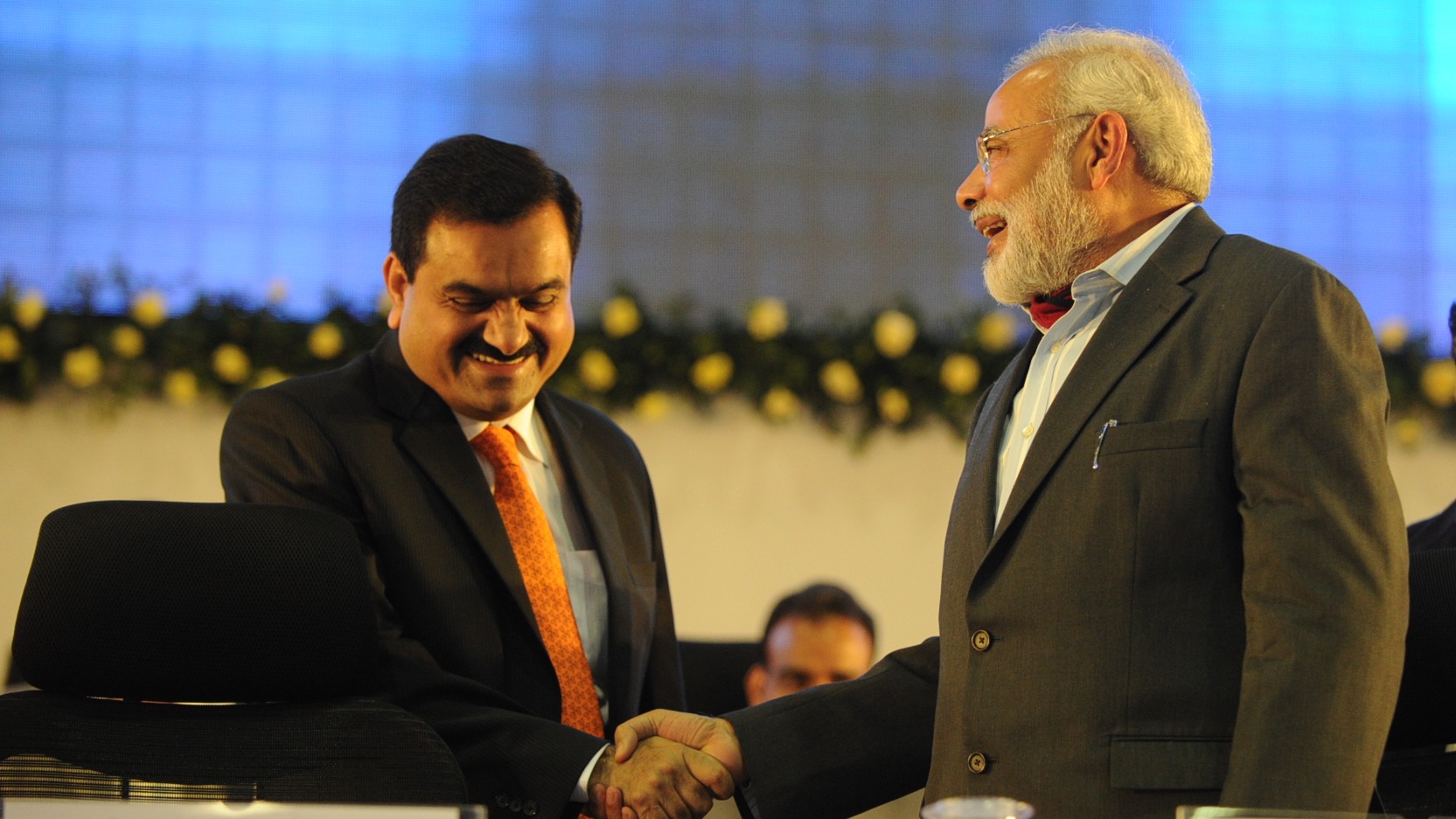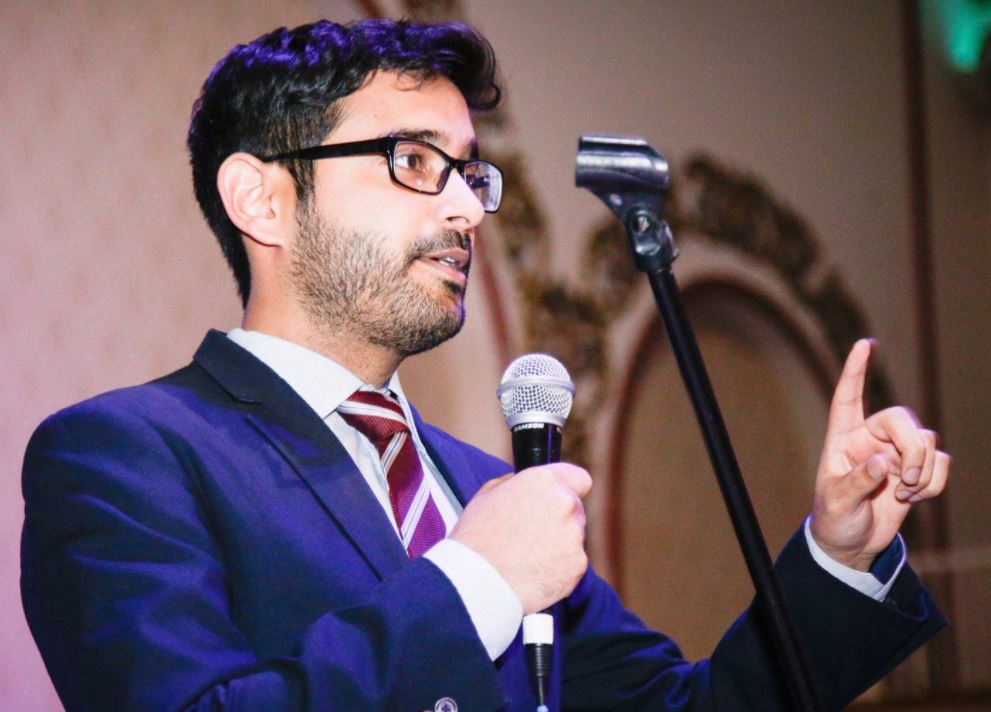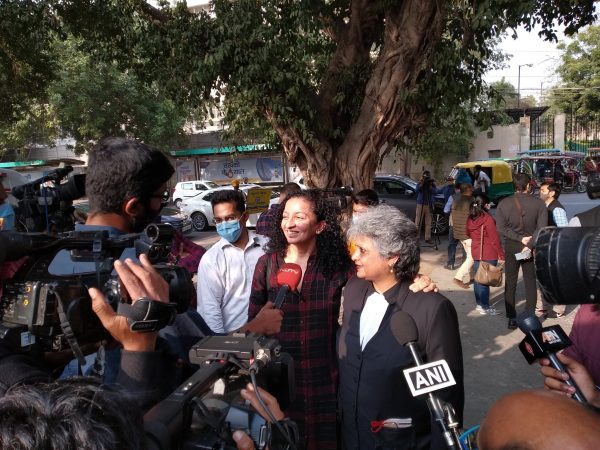CNN report says both Ambani and Adani are often compared by journalists to John D Rockefeller, who became America’s first billionaire during the Gilded Age
Our Bureau
Mumbai/New York
India is poised to become a 21st-century economic powerhouse, offering an alternative to China for investors looking for growth and for reducing supply chain risks with Prime Minister Narendra Modi and industrialists Mukesh Ambani and Gautam Adani playing a fundamental role in shaping the economic superpower the country will become in the coming decades, according to a CNN report.
The report says to spur growth, the Modi government has begun a massive infrastructure transformation by spending billions on building roads, ports, airports and railways. It is also heavily promoting digital connectivity, which can improve both commerce and daily life. “Both Adani and Ambani have become key allies as the country embarks on this revolution,” it said.
Worth USD 3.7 trillion in 2023, India is the world’s fifth largest economy, jumping four spots in the rankings during PM Modi’s decade in office and leapfrogging the United Kingdom. “It is comfortably placed to expand at an annual rate of at least 6 per cent in the coming few years, but analysts say the country should be targeting growth of eight per cent or more if it wants to become an economic superpower. Sustained expansion will push India higher up the ranks of the world’s biggest economies, with some observers forecasting the South Asian nation to become number three behind only the US and China by 2027,” CNN analysis said.
Reliance Industries and the Adani Group – the two sprawling conglomerates having valuations worth over USD 200 billion each, have established businesses in sectors ranging from fossil fuels and clean energy to media and technology.
“Investors have been cheering the duo’s ability to adroitly bet on sectors prioritized for development by Prime Minister Narendra Modi, currently campaigning for his third consecutive term to lead India. The South Asian country is poised to become a 21st-century economic powerhouse, offering a real alternative to China for investors hunting for growth and manufacturers looking to reduce risks in their supply chains,” the report said.
“As a result, these three men — Modi, Ambani and Adani — are playing a fundamental role in shaping the economic superpower India will become in the coming decades,” it added.
The report also pointed out that the kind of power and influence being enjoyed by the two Indian tycoons has been seen before in other countries “experiencing periods of rapid industrialisation.”
It said both Ambani and Adani are often compared by journalists to John D Rockefeller, who became America’s first billionaire during the Gilded Age, a 30-year period in the last decades of the 19th century.
“India is in the middle of something that America and lots of other countries have already gone through. Britain in the 1820s, South Korea in the 1960s and 70s, and you could argue China in the 2000s,” said James Crabtree, the author of The Billionaire Raj, a book about India’s wealthy.
The report says that Mukesh Ambani’s ambition and breathless pace of expansion is matched by Adani, “a college drop-out who now helms businesses ranging from ports and power to defence and aerospace”.
A first-generation entrepreneur, the 62-year-old began his career with diamond trading, before setting up a commodity trading business in 1988, which later evolved into Adani Enterprises Limited (AEL).
According to a January note by American brokerage firm Cantor Fitzgerald, AEL “is at the core of everything India wants to accomplish.”
The company functions as an incubator for Adani’s businesses. Many have been spun out and become leading players in their respective sectors. According to Cantor, the firm’s current focus on airports, roads and energy make it “a unique long-term investment opportunity”,
The report notes that while both the barons built much of their fortune from fossil fuels, they are now investing billions in clean energy. Notably, their green energy pivot comes at a time when India has set itself some ambitious climate goals.
The report also notes that despite India’s success in terms of growth rate, soaring youth unemployment and inequality remain stubbornly persistent problems. In 2022, the country ranked a lowly 147 on gross domestic product (GDP) per person, a measure of living standards, according to the World Bank.
The report says India has other conglomerates as well. The 156-year-old Tata Group wields immense power over various key sectors ranging from steel to aviation, but it often does not invite the same scrutiny as the newer conglomerates, mainly because it is controlled by philanthropic trusts and not run as a family dynasty.
India has been the fastest-growing large economy in the last three financial years.


























